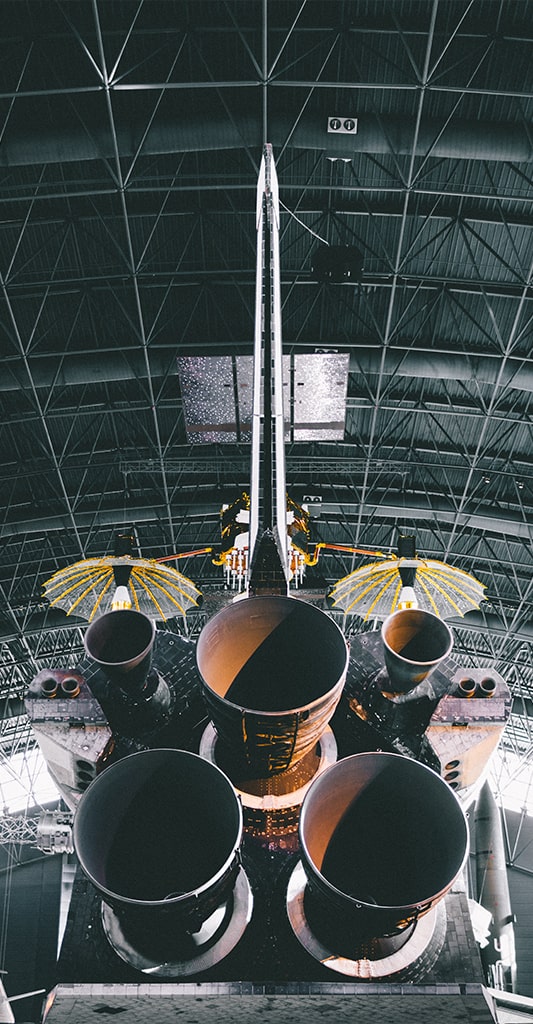
Five
Space
Manned space exploration is heading back to the moon—and beyond. The future will bring us permanent outposts housing research, manufacturing, and logistics teams committed to the lunar frontier. These outposts will be hubs for forays to Mars and further sites.
This next phase opens the door for new partnerships between public and private enterprises sourcing these ventures. Who will guide them? How do we bring the best minds to this effort? How do we ensure a diverse set of perspectives? Because “business as usual” thinking and old models of leadership will only take us so far. Let’s decide what it will take to guarantee thinkers and doers of all types are part of the adventure.
Think Lewis and Clark.
When these explorers headed out to map the vast lands west of the Mississippi, they took along every supply they could imagine needing for months to come.
Fast forward to the 20th century: The first missions to space followed the same principle of, “If you need it, bring it.” But the next generation of space travel will be different. Future explorers will rely on sophisticated logistics networks and highly evolved supply chains emphasizing re-use of materials, sustainable sourcing, and cost-efficiency. To go to Mars, we might first design and then build a supply depot or logistics center on the moon. Simply, space is the next supply chain frontier.
To make this vision real, NASA is looking to the aerospace, logistics and engineering professions for help. Lessons learned from earthbound logistics apply just as well beyond gravity’s reach. And women, it turns out, are gifted in the kind of collaborative problem-solving and systems thinking that help supply chains flourish. What contributions will women make to future space exploration? How can they help lead the Artemis lunar landing program—so beautifully named for the Greek goddess of the moon—to success?
-
According to Fédération Aéronautique International (FAI).
-
Amanda Jackson and Chris Boyette, “NASA Plans to Land First Woman on the Moon by 2024,” CNN, Jun. 17, 2019: https://www.cnn.com/2019/05/13/us/nasa-moon-2024-trnd-scn/index.html.